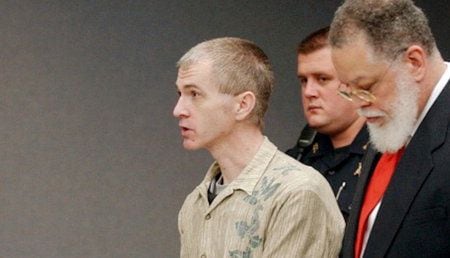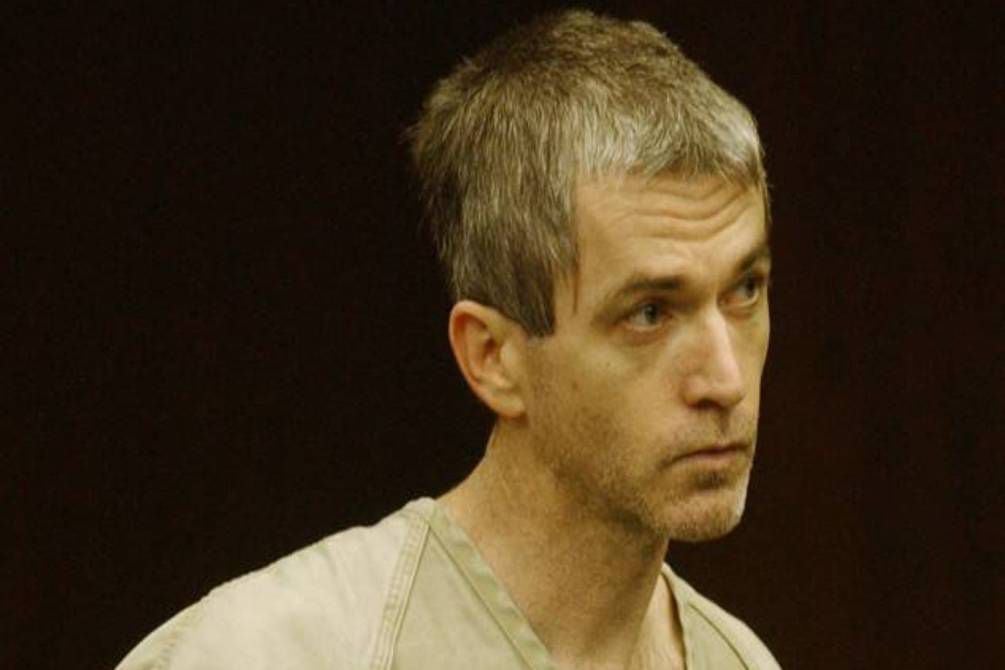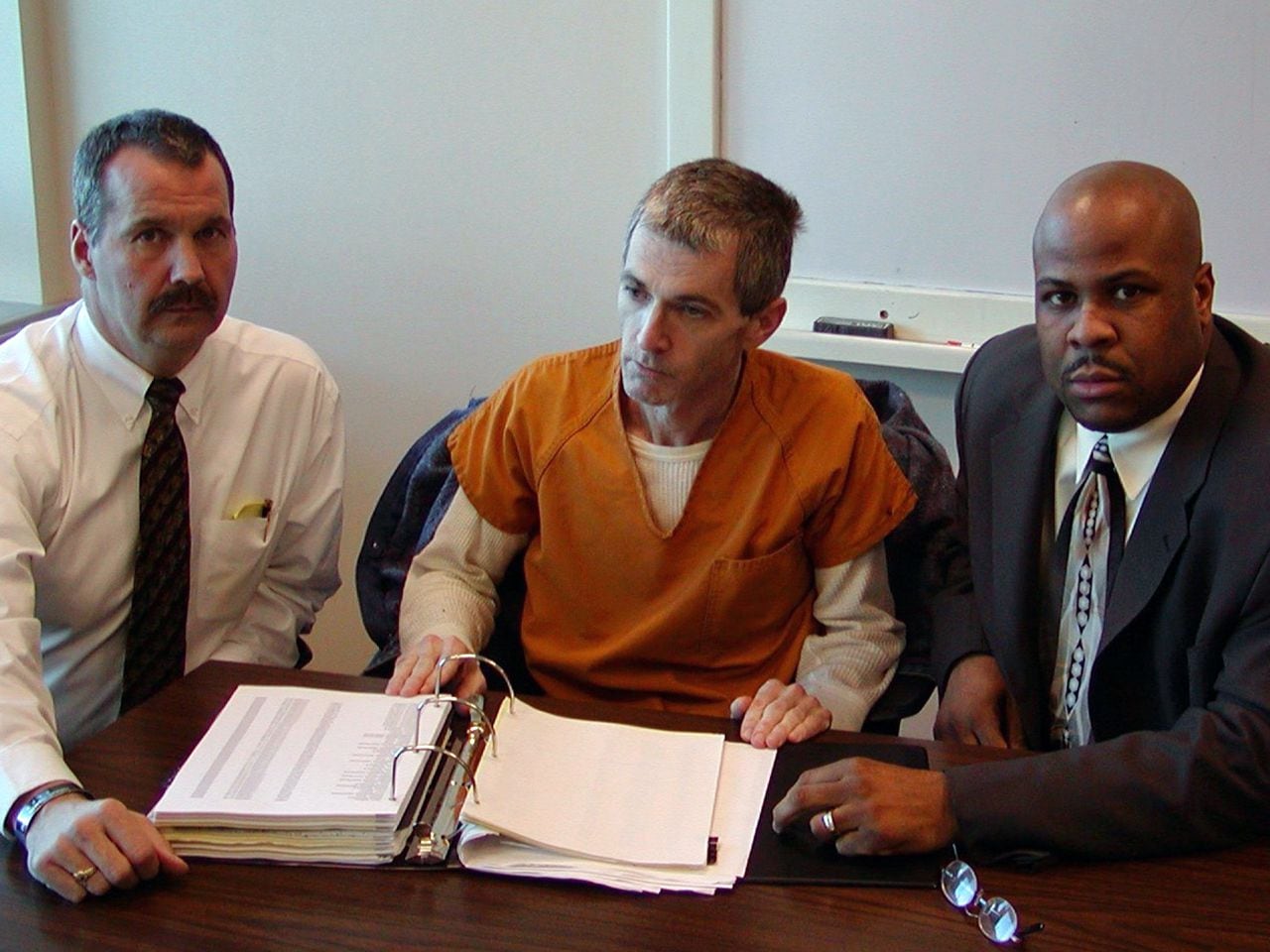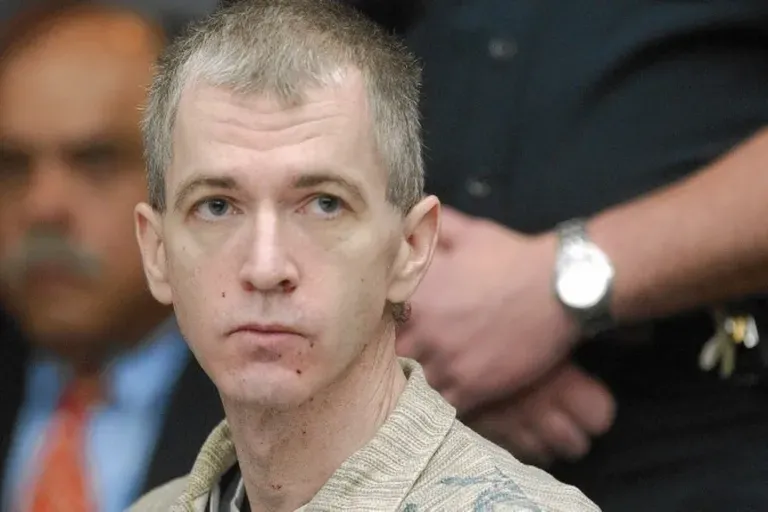:quality(85)/cloudfront-us-east-1.images.arcpublishing.com/infobae/USHAX3NWU5E77LOQ2ARLF4FHYI.png 420w)
The stories of serial killers are often compelling. These disturbed characters have settled into the collective imagination and popular culture as fascinating real-life monsters, whose upheavals and horrendous crimes are favorite material in documentaries, detective series or horror films.
This is the case of Charles Cullen, the nurse who killed more than 300 people in the United States, whose life, crimes and police hunts are about to be immortalized in a Netflix produced film called “The Good Nurse” and which will feature the performances of Jessica Chastain and Eddie Redmayne, two heavyweights from the performance winners of the Oscar Award.
Redmayne, consecrated for his incredible role in “The Danish Girl” which earned him the Best Actor statuette by the United States Film Academy, will play the disturbed and macabre character of Charles Cullen, who far from adopting the Hippocratic Oath of doctors to preserve the life and health of his patients, was dedicated to killing them from hospital to hospital during a career of 16 terrible years.

During the 80s and 90s Cullen had his main time of action, jumping from hospital to hospital between New Jersey and Pennsylvania, leaving behind a trail of dead people who injected with lethal doses of drugs they didn't need.
While there are still no greater details about the plot of the film, how biographical it will be or whether it will be attached to the real story of this serial killer, it is not risky to say that there is enough material to tell a compelling story.
A life of traumas
Charles Edmund Cullen was born on February 22, 1960 in West Orange, New Jersey. His father, Meme Cullen, was a school transport driver and his mother a housewife.
Charles was the eighth and last child in the marriage and from a very young age he had to deal with death. Only 7 months after birth his father died, so he had to grow up without a father figure, something that contributed to his state of mental instability.
In 1969, when he was only 9 years old, Charles tried to commit suicide for the first time, using chemicals he stole from his school laboratory. During his lifetime he would try to commit suicide at least 20 times.
Cullen grew up in a neighborhood of workers and workers in a deeply Catholic family, having a “miserable” childhood according to his own statements. In addition to his father's death, in 1977, when he was 17, his mother died in a traffic accident involving his sister, a loss that caused him to abandon his studies and a year later enlisted in the United States Navy.

There he was assigned to the Submarine Corps and served in the ballistics and missile section aboard the USS Woodrow Wilson, reaching the rank of third-class boatswain in the operating team of the Poseidon missiles.
By those years the signs of mental disorder were already beginning to be noticeable in Charles, highlighting several strange episodes such as once he dressed in a green surgery uniform, wearing a mask and latex gloves that he stole from the ship's medicine cabinet to carry out his night shift.
At the same time he was transferred to the USS Canopus supply ship, serving there until he was discharged for medical reasons on March 30, 1984. In his six years in the Navy, Charles attempted suicide seven times.
Nurse killer
Cullen's nursing life began in 1987, when he entered Mountainside nursing school and got his first job at St. Barnabas Medical Center in New Jersey.
That year he also married Adrienne Taub, with whom he would have two daughters. It seemed that he had finally put his life on track, but mental episodes continued to happen, increasingly extreme, fueled by his drug and alcohol use, as once a pair of scissors was stuck in his head, in another attempt to take his own life.
Working at St. Barnabas, Charles committed his first murder. It happened on June 11, 1988 and the victim was John W. Yendo, a local judge who was admitted to the emergency room after suffering an allergic reaction to a blood drug and who was injected by the nurse with a lethal dose of a medicine that eventually killed him.
Years later, Cullen would confess that in this first job he murdered 11 people, including an AIDS patient who overdosed on insulin.
In January 1992, the murderous nurse quit his job, just as hospital authorities began investigating who was responsible for altering patients' intravenous fluid bags.

From here on, Charles Cullen would apply the same pattern to all his crimes. He went to work in a hospital, taking advantage of the need for nursing staff that existed in the country during those years and the few previous check-ups they did for hiring, then selecting his victims, and dosing them with drugs such as digoxin (a drug for people with heart problems) or insulin in lethal doses. When suspicions became clear against him, he quit and looked for another job.
This is how he arrived at Warren Hospital in Phillipsburg, New Jersey, where he killed three elderly women with high doses of digoxin. One of them reported him before she died, telling her family and medical staff that a strange nurse injected something into her while she was sleeping, but they ignored her.
As he perfected his killing tactic, Cullen's personal life fell apart. His wife Adrienne divorced him in January 1933, following multiple complaints of domestic violence against him. These allegations revealed an evil and violent Charles who attacks his wife, daughters and pets.
One of them narrated how he 'played' with pets, putting them in bowling bags or garbage cans to torture them, and also described his fixation on practical jokes, such as putting flammable liquids in people's drinks or making fake calls to funeral homes.
After the divorce Cullen moved to an apartment in a basement and tried to give up his nursing life, but he had to pay child support for his daughters and was forced to continue working.
This only worsened his mental condition. In March of that year, she had an episode in which she entered the house of a work colleague while she and her son were sleeping. Cullen had recently dated the woman, but it was enough to ask her to marry him and when she rejected the proposal, the nurse became obsessed to the point that he was reported for harassment and arrested by the police.
That spiral of depression not only earned him an arrest, but a new suicide attempt, for which he was admitted to a psychiatric clinic for a couple of months. Before the end of that year, Cullen tried to commit suicide twice more and murdered another person: Helen Dean, a 91-year-old woman who was recovering from surgery.

By 1994 Charles was working in a new hospital at Hunterdon Medical Center, in Raritan Township, New Jersey, with his full-fledged nursing license. He spent three years there in the intensive and cardiac care unit, and in the first two, according to the nurse himself, he did not kill anyone, something uncheckable because the records of those years were destroyed in 2003 when Cullen was finally arrested.
What he did confess was that in 1996 he killed five other people after injecting them with high doses of digoxin, and then left work to move to another hospital.
In the following years he wandered between hospitals, whether he was admitted for depressive disorders, or because he got some occasional job. He was also unemployed for a while and went bankrupt.
An “angel of death”
The first indication that Cullen was murdering patients came from a medical examiner who examined the case of Ottomar Schramm, a 78-year-old man who died of an overdose of dioxin, a drug he didn't need, in December 1998 Easton Hospital in Pennsylvania.
The coroner stated that there was an “angel of death” in the hospital and the testimonies of other workers about a nurse sneaking into the rooms of patients who were later killed began to grow.
Charles was beginning to be exposed and although some dared to point out or suspect him, there was no conclusive evidence against him.
By the turn of the millennium Cullen had worked three more jobs and killed two new victims. He had also tried to kill himself again, suffocating himself with the smoke of a barbecue, in an attempt that required the intervention of the police.
Incredibly he managed to change jobs quickly, although where he arrived he aroused suspicion just as quickly.
In 2002, a nurse from St. Luke said that a colleague was having a strange behavior, entering the patient rooms with syringes. Such was the suspicion that other nurses began to follow up on Cullen, informing police that in June of that year they found open packages of a drug that was used to kill patients Diane Mackrell, 48, and Esther Stoneback, age 71, in whose rooms they had seen Charles.

It seemed like conclusive evidence, but Cullen managed to tempt fate once again, quit that job and was hired in the intensive care unit of Somerset Medical Center in Somerville, New Jersey, in September of that year. There, he murdered eight more patients, in a streak with which he sought to cure himself of depression because of his last failed relationship.
The wake of Charles Cullen's deaths finally stopped in December 2003, when authorities managed to gather enough evidence against him and arrest him for the murder of Reverend Florian Gall and also the attempted murder of Tin Kyushu Han, both of whom were patients at Somerset Hospital, one of the last places where the nurse worked.
It was discovered that Cullen was reviewing files of patients who were not assigned to him and requesting drugs for them that they did not need. In this place Charles killed 11 other patients.
After his arrest, the murderous nurse also confessed to killing Ottomar Schramm and during his trial he confessed to killing 13 patients and attempting to kill two more with lethal injections only during his time at Somerset Hospital, his last job.
In the following years, either by his own confessions or by police investigation, 40 victims were found dead at the hands of Charles Cullen during his 16 years of work as a nurse in 10 different hospitals. But estimates from experts and investigators in the case put the total toll of their murders at more than 300.
This scandalous figure would make him the most prolific serial killer in U.S. criminal history.
Charles Cullen, the “angel of death,” is being held in New Jersey State Prison serving a sentence of 11 consecutive life sentences without the right to be eligible for parole until 2403.
The crimes of this nurse murderer prompted the enactment of a new law in April 2004 in New Jersey that requires medical centers to report serious errors in the treatment of patients and do a more extensive background screening before hiring medical staff or nurses.
KEEP READING
